Staying Fit

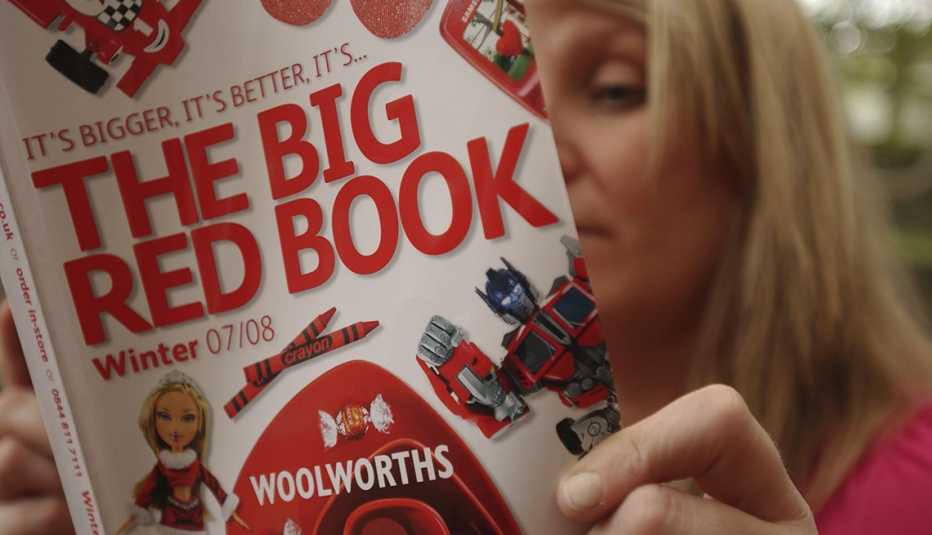
Some stores are just synonymous with the holidays — or were.
Depending on where and when you grew up, it might have been the iconic downtown department store with magical decorations and a line to see Santa. Or a chain staple packed with the year's hottest toys and latest gadgets.


AARP Membership— $12 for your first year when you sign up for Automatic Renewal
Get instant access to members-only products and hundreds of discounts, a free second membership, and a subscription to AARP the Magazine.
These days, holiday shopping takes place largely online, and there's a lot to be said for that: the convenience, the selection and (in 2020, at least) the social distancing. But it's hard to imagine getting nostalgic in years to come about the amazing Black Friday deal you scored on an Instant Pot from Amazon.
That kind of gauzy memory is more the province of the retailers listed here. They ran the gamut of gift options and seasonal associations, but they have two important things in common. For decades, and for millions, they were a highlight of the holidays. And they're pretty much gone.


Gimbels
Why we miss them: Nostalgia for vintage New York Christmases fueled by yearly screenings of Miracle on 34th Street, which immortalized Gimbels’ rivalry with Macy's for seasonal bragging rights on Herald Square. Gimbels’ holiday history goes deeper than that: Its Philadelphia store sponsored the first Thanksgiving Day parade, in 1920. (The Macy's parade debuted four years later.) Gimbels was also the setting for Will Ferrell's 2003 Christmas hit, Elf, but by then the actual store was just a memory.
Where are they now? The Gimbels chain, which also included flagships in Pittsburgh and Milwaukee and about 30 other stores, closed in 1986, 13 years after the Gimbel family sold the company to a retail division of British American Tobacco. The Herald Square site now houses the Manhattan Mall.


Toys R Us
Why we miss them: Miles of aisles packed with seemingly every imaginable toy, game and plaything. If you were a suburban kid in the second half of the 20th century, you were probably a “Toys R Us kid,” and year after year, your parents braved teeming crowds and snaking lines so you wouldn’t be the only one on the block without that must-have Transformer or Cabbage Patch Kid under the tree.
Where are they now? A textbook “category killer” for the way it took over the toy trade, Toys R Us fell prey to even bigger boxes like Walmart and the limitless virtual aisles of Amazon, closing down in 2018 after filing for bankruptcy the previous year. A successor company, Tru Kids, has since opened two smaller stores at malls in Texas and New Jersey, and relaunched the Toys R Us website, even issuing a holiday “hot toy list” this year. The online sales go through Amazon.





























































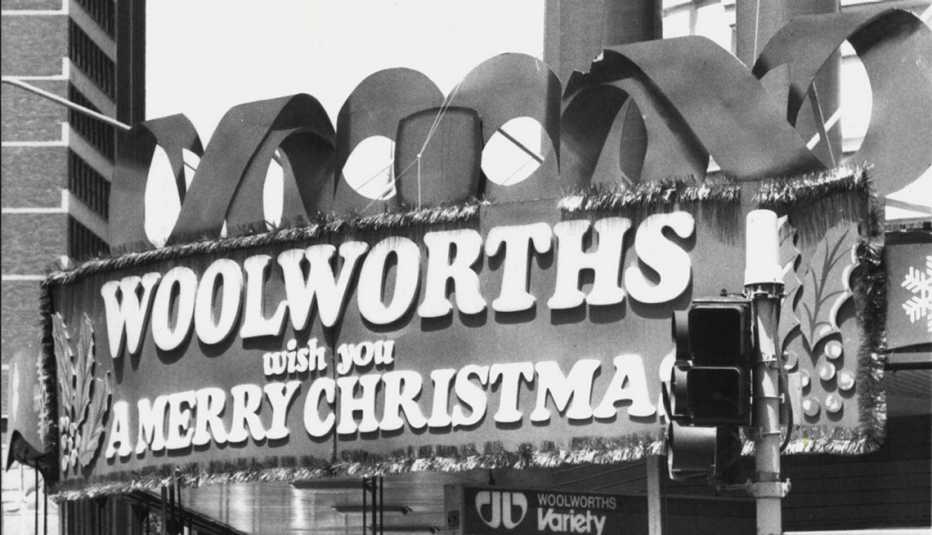
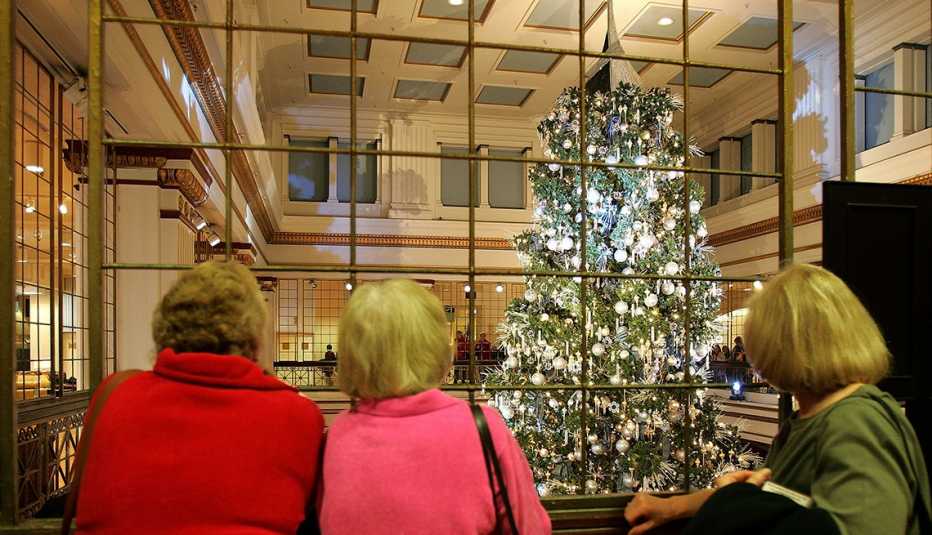
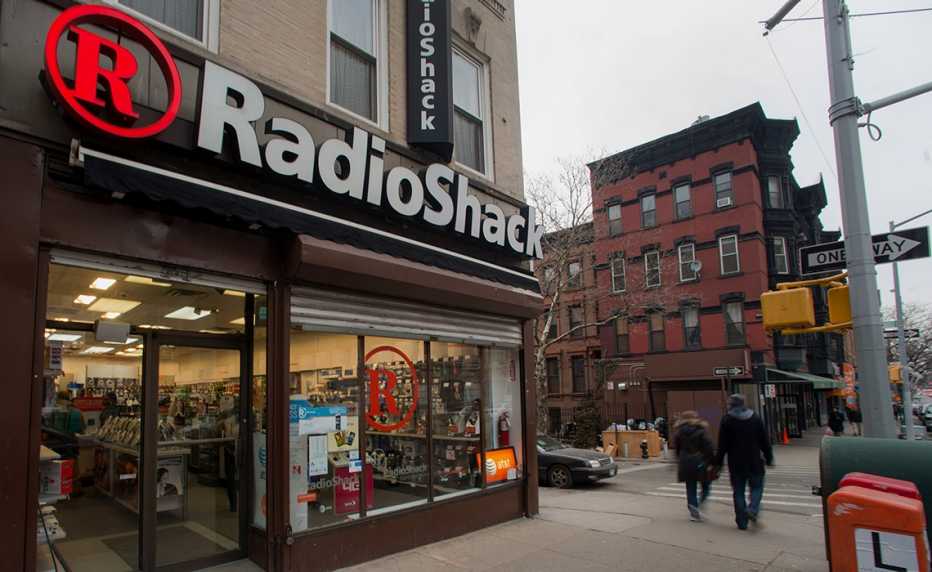

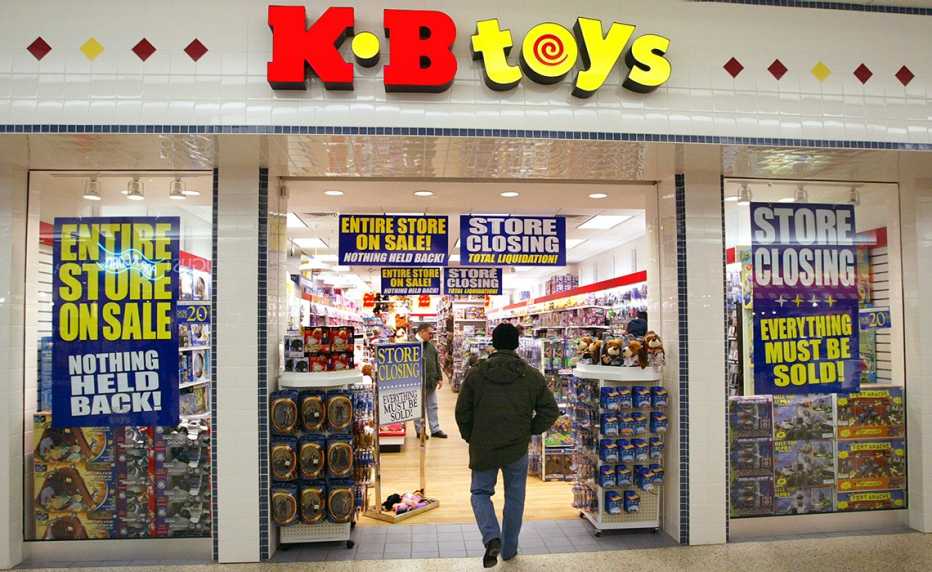

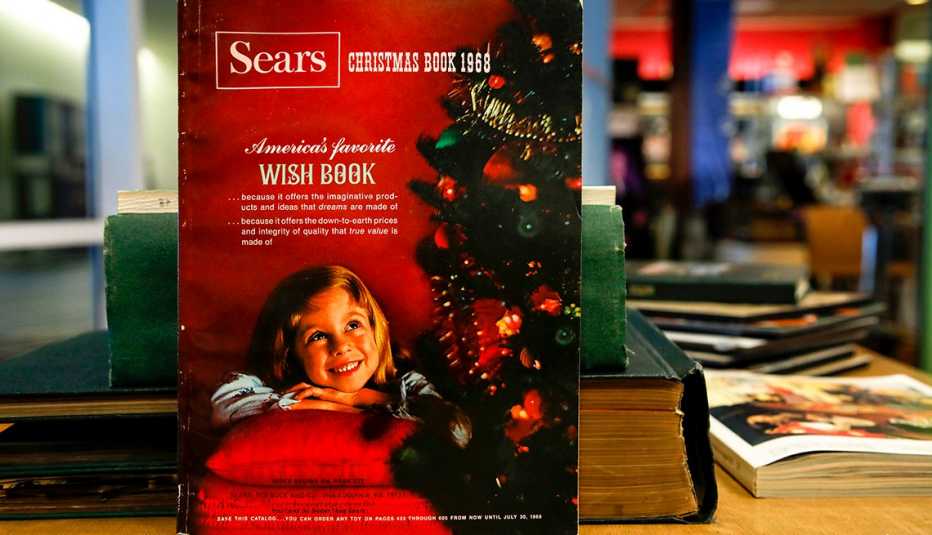




More on Politics-Society
How Signs at Businesses Evolved During the Pandemic
The words gracing storefronts, shelves and cash registers remind us all of the new normalRecommended for You